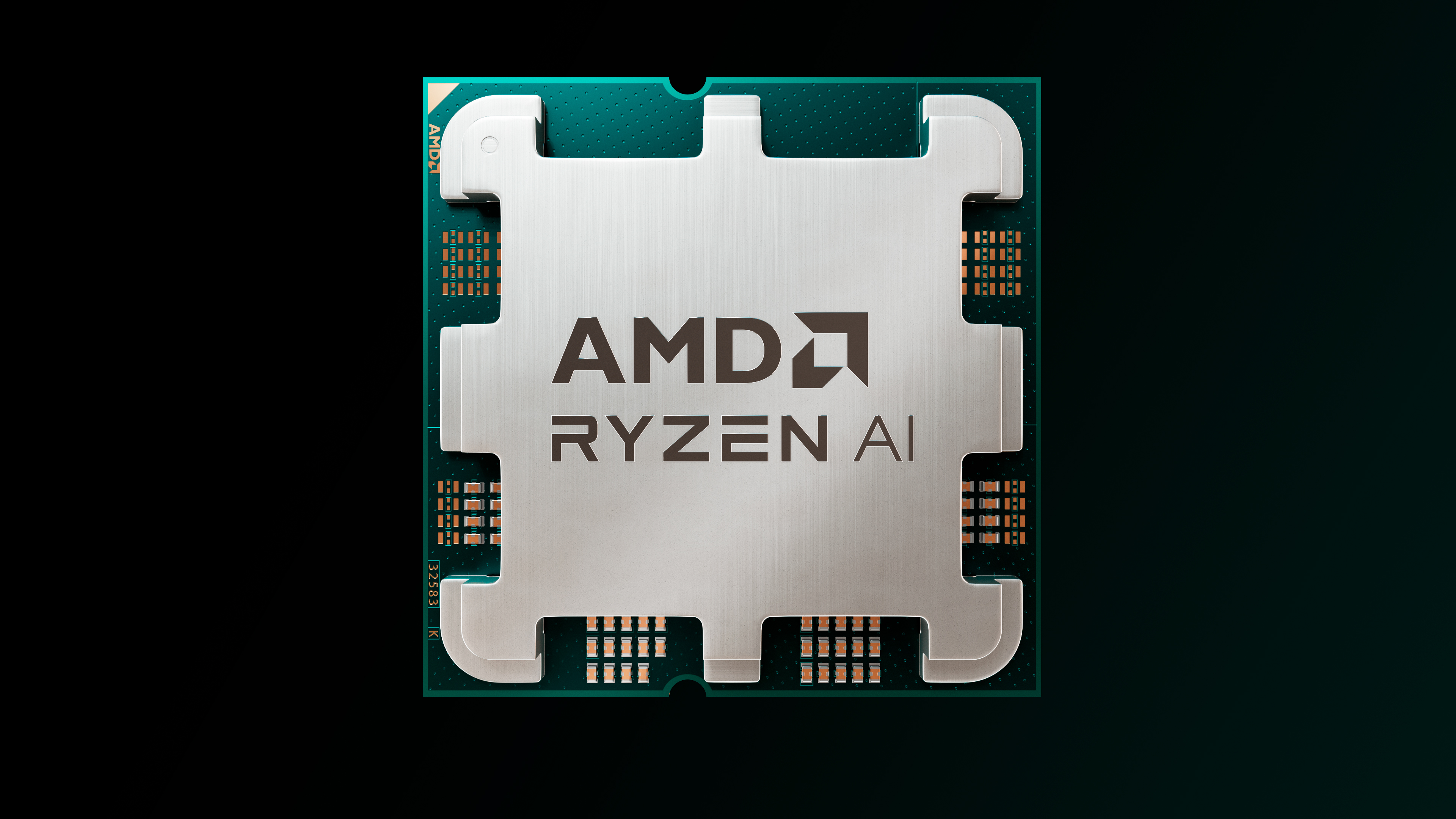AMD Ryzen 9000G APUs rumored to launch in Q4 for AM5 motherboards
Ryzen 9000G can potentially be the first Microsoft Copilot+ certified APUs for desktops.

Last CES saw AMD unveil its Ryzen 8000G lineup of APUs for AM5, bringing together speedy Zen 4 cores alongside the first RDNA-based graphics engine to desktops, succeeding their Vega-powered predecessors. Hardware leaker HXL suggests a potential successor is expected for a Q4 launch later this year, with the likely designation of Ryzen 9000G. Other details regarding the core architecture and silicon have not been detailed, so we'll primarily have to rely on guesswork.
Ryzen 8000G APUs were based on AMD's Phoenix silicon and featured Zen 4 cores, while some models down the stack included both Zen 4 and smaller Zen 4c cores. Similar to the Ryzen 7040 APUs for laptops, AMD equipped these processors with up to 12 RDNA 3-based CUs (Compute Units) capable of basic 1080p gaming. This is thanks to the inclusion of DDR5 support on AM5, which is also considered why AMD likely skipped porting Rembrandt to AM4, as it was limited to DDR4.
Zen 5-based mobile APUs are divided into Strix Point for the high-end and Krackan Point for the mid-range. AMD is expected to reuse the same silicon for the Ryzen 9000G family, giving us an inkling about the specs. Strix Point tops 12 hybrid cores (four Zen 5 + eight Zen 5c) in a dual-CCX layout, alongside a beefy 16 Compute Unit iGPU (Radeon 890M) based on RDNA 3.5.
Q4 2025?🤔March 29, 2025
Krackan Point drops this to eight hybrid cores (four Zen 5 + four Zen 5c). While we're still awaiting die shots for confirmation, it's suggested that all eight hybrid cores in Krackan Point share the same 16MB cache pool (single-CCX), similar to AMD's budget Phoenix 2 offerings. We find a Radeon 860M solution on the graphics end, outfitted with eight RDNA 3.5-based Compute Units.
Both families have an XDNA 2 NPU capable of dishing 50 TOPS of AI performance. If our assumptions prove accurate, AMD might be in the running to deliver the first Copilot+ certified desktop offerings with these chips. As AMD reportedly plans a Strix Point refresh with Gorgon Point (Ryzen AI 400?) in 2026, they can leverage surplus Ryzen AI 300 silicon for Ryzen 9000G APUs.
While still no more than a guess, this is a pretty significant uptick in specifications and, thus, performance over existing Phoenix APUs on desktops. It's unlikely, however, that we'll see something like Strix Halo ported to AM5 anytime soon, mainly due to its size, design, and cost. Ryzen 9000G is likely among the last Zen 5 offerings, as AMD is expected to march on to Zen 6 in 2026.
Stay On the Cutting Edge: Get the Tom's Hardware Newsletter
Get Tom's Hardware's best news and in-depth reviews, straight to your inbox.

Hassam Nasir is a die-hard hardware enthusiast with years of experience as a tech editor and writer, focusing on detailed CPU comparisons and general hardware news. When he’s not working, you’ll find him bending tubes for his ever-evolving custom water-loop gaming rig or benchmarking the latest CPUs and GPUs just for fun.
-
Pierce2623 Now THIS is actually interesting. The desktop APUs shouldn’t have any issue killing lpddr5x in both bandwidth and latency and actually unlocking a fair amount more performance from the massive iGPU with over a thousand shaders.Reply -
Notton In my opinion, AM5 APUs are DoA when competent Mobile on Desktop (MODT) exists.Reply
Sure, the DDR5 SODIMMs max out at 5600MT/s, but the total system cost is significantly lower.
And then if you want to lessen the bottleneck of the iGPU, then you're going to do what?
Use fast DDR5? Do you know how much that costs?
CUDIMM doesn't even work properly in AM5 (for now, anyways), and if you thought fast DDR5 was expensive...
If you're going to spend that much to boost iGPU performance, maybe look into Framework's desktop? Even the "entry model" 385 has a 32CU iGPU with 32GB LPDDR5-8000 and it's not choked by a 128-bit memory bus. -
Pierce2623 Reply
I think the majority of desktop AMD APUs these days go to people who enjoy memory overclocking. It’s nearly impossible to compete with MoDT minis for price. With Strix Point however, I’d NEVER run it on sodimm. If you’re trying to make a budget gaming box, just buy something with soldered on lpddr5x. That way you’re not lopping a ton of performance off the iGPU. You would literally go from 1060 6GB level graphical performance to 1050 2GB level performance.Notton said:In my opinion, AM5 APUs are DoA when competent Mobile on Desktop (MODT) exists.
Sure, the DDR5 SODIMMs max out at 5600MT/s, but the total system cost is significantly lower.
And then if you want to lessen the bottleneck of the iGPU, then you're going to do what?
Use fast DDR5? Do you know how much that costs?
CUDIMM doesn't even work properly in AM5 (for now, anyways), and if you thought fast DDR5 was expensive...
If you're going to spend that much to boost iGPU performance, maybe look into Framework's desktop? Even the "entry model" 385 has a 32CU iGPU with 32GB LPDDR5-8000 and it's not choked by a 128-bit memory bus. -
Ogotai Reply
and what if these are not available where some one is, then what .Notton said:AM5 APUs are DoA when competent Mobile on Desktop (MODT) exists.
that makes your whole opinion, moot.. -
Manumarblanc APUs are a truly unique and integrated combination of CPU + GPU. APU units have more modest graphics capabilities than GPUs, although they can hold their own in certain games at 1080p. Naturally, like any GPU, an APU can use AI.Reply -
Rob1C The AMD Ryzen™ AI Max+ PRO 395 already supports XDNA 2 and has 50 NPU TOPS with 126 TOPS overall; so I've missed the exciting portion of this announcement, other than it's an incremental upgrade that's probably soon on its way out.Reply -
GravtheGeek Makes the Asrock Deskmini X600 all the more attractive an option.Reply
Also tempted to pair these with some of the no frills asian am5 motherboard like Maxsun for cheap APU rigs for younger kids who don't need a discreet GPU.
Especially since the market for low end GPU is badly in need of a refresh. Radeon RX6400/6500, Arc 380 and Geforce 3050 are very long in the tooth for what they cost versus how they preform.